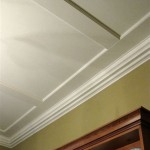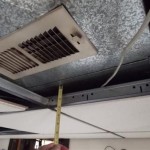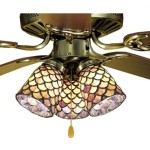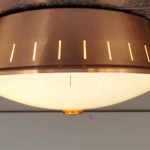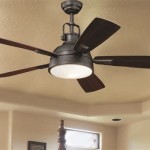Cathedral ceilings are a beautiful addition to any home and are often used to give a space a more open and spacious feeling. They can also be quite energy efficient, but only if they are insulated properly. Choosing the right insulation for a cathedral ceiling can be a daunting task, but we’re here to help make it a bit easier.
Types of Insulation
When choosing the best insulation for a cathedral ceiling, it’s important to understand the different types of insulation available. The most common types are fiberglass, cellulose, and foam.
Fiberglass Insulation
Fiberglass insulation is the most common type of insulation used in cathedral ceilings. It is made from glass fibers and is generally installed in large rolls. The advantage of fiberglass insulation is that it is relatively inexpensive and effective at reducing heat transfer. It is also easy to install and is available in various thicknesses.
Cellulose Insulation
Cellulose insulation is made from recycled paper and is an environmentally friendly option. It is also very effective at reducing heat transfer and is often used in cathedral ceilings. The downside of cellulose insulation is that it is more expensive than fiberglass, and it is more difficult to install.
Foam Insulation
Foam insulation is one of the most effective types of insulation for cathedral ceilings. It is made from polystyrene and is applied in liquid form. Foam insulation is very effective at reducing heat transfer, and it is also easy to install. The downside of foam insulation is that it is more expensive than the other types of insulation.
Choosing the Right Insulation
When choosing the best insulation for a cathedral ceiling, it’s important to consider the climate, the type of construction, and the budget. In general, fiberglass insulation is the most affordable option and is the most commonly used. For warmer climates, foam insulation is the best choice, as it is the most effective at reducing heat transfer. For more extreme temperatures, cellulose insulation is the best choice, as it is the most effective at reducing heat transfer.
Installation Tips
When installing insulation in a cathedral ceiling, it’s important to use the right tools and techniques. The most important thing to remember is to ensure that the insulation is evenly distributed throughout the ceiling. This will help to ensure that the insulation is effective at reducing heat transfer. It’s also important to make sure that the insulation is properly sealed to prevent air leakage.
Conclusion
Choosing the best insulation for a cathedral ceiling can be a daunting task, but it doesn’t have to be. By understanding the different types of insulation available and what works best for your climate and budget, you can make an informed decision. With the right insulation, you can make your cathedral ceiling energy efficient and enjoy the beauty of your home for many years to come.















Related Posts

